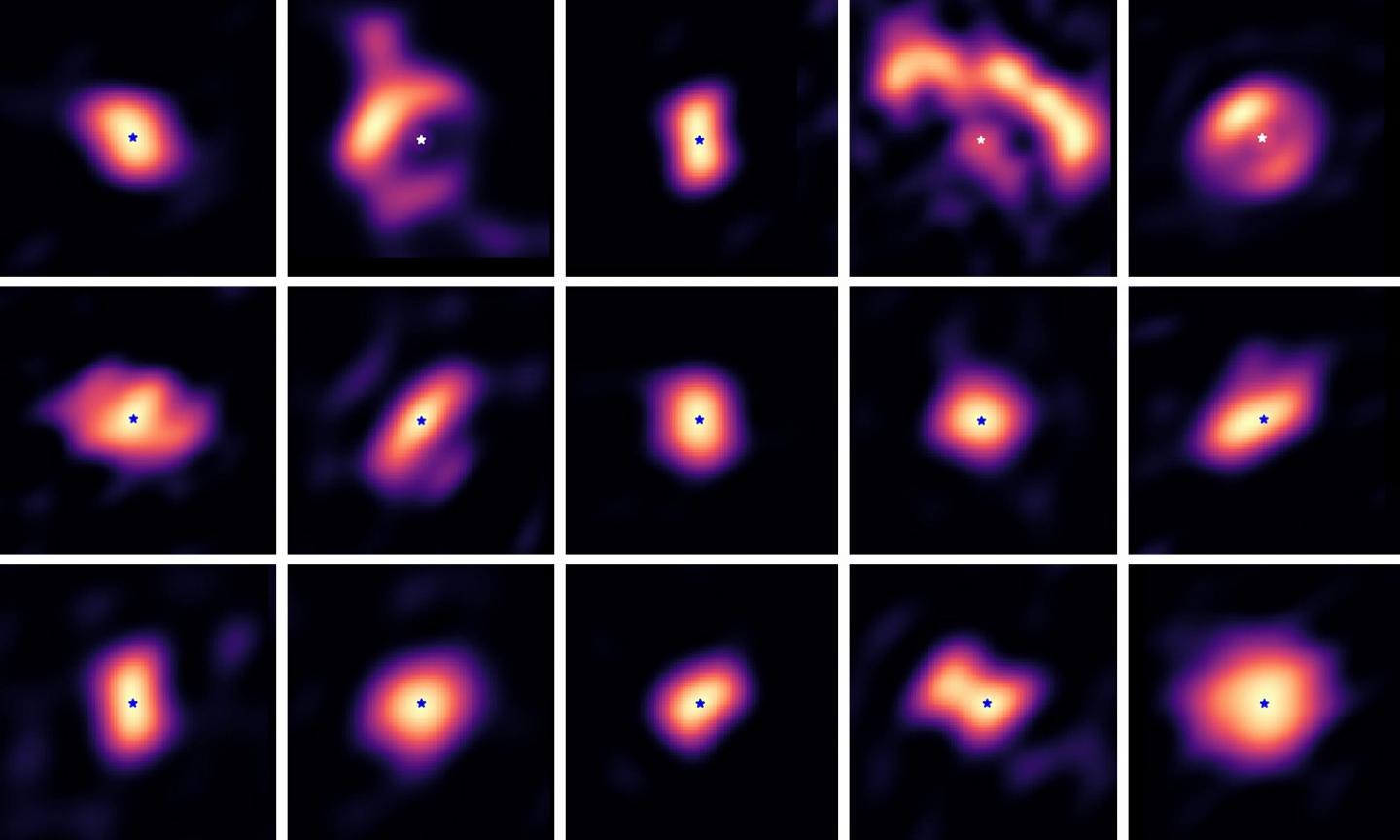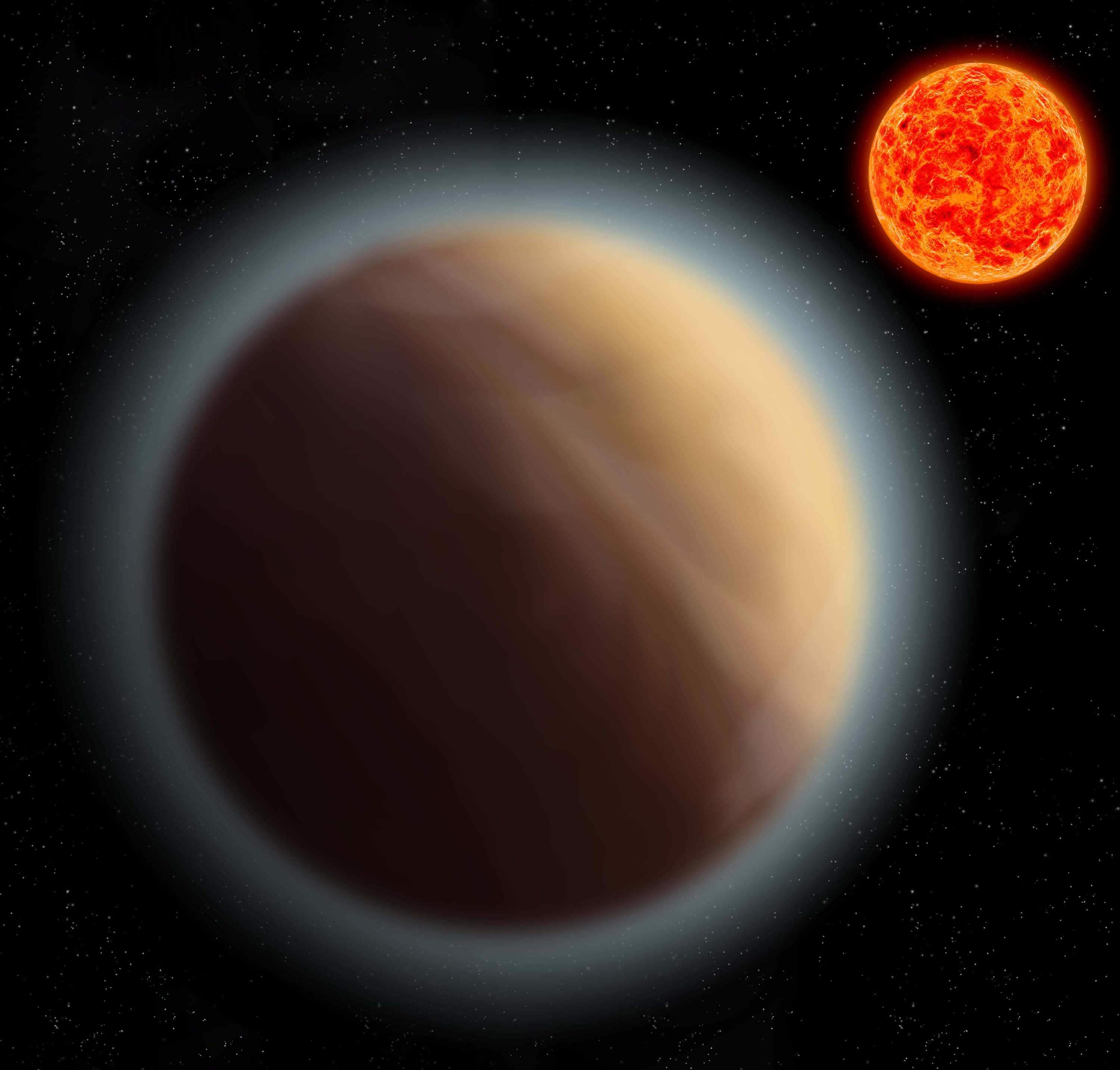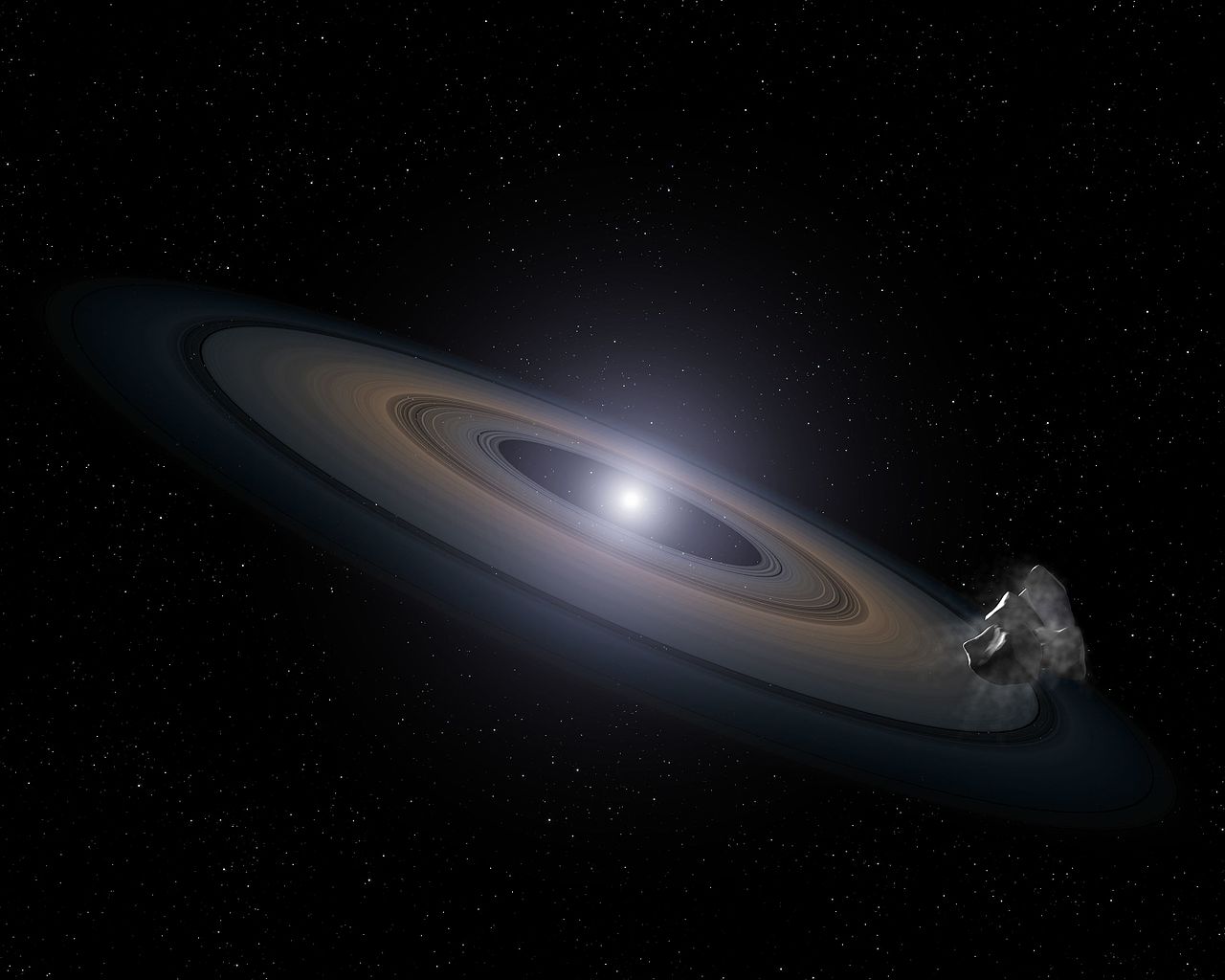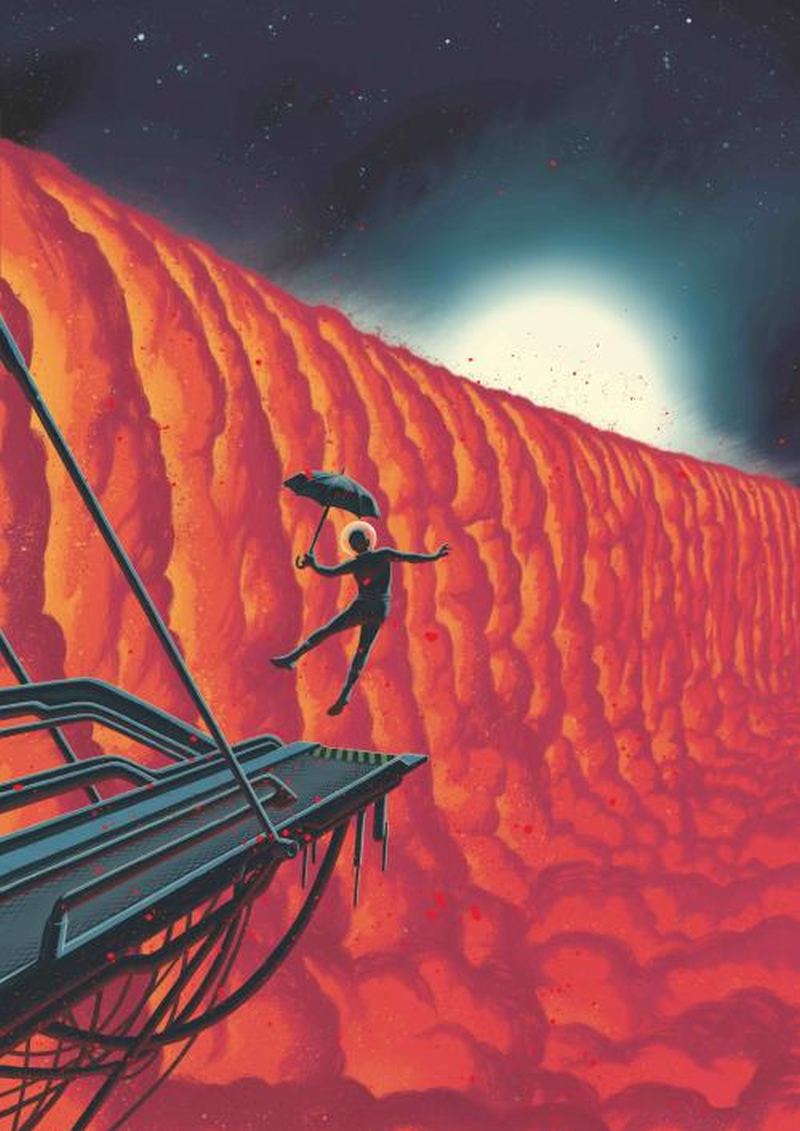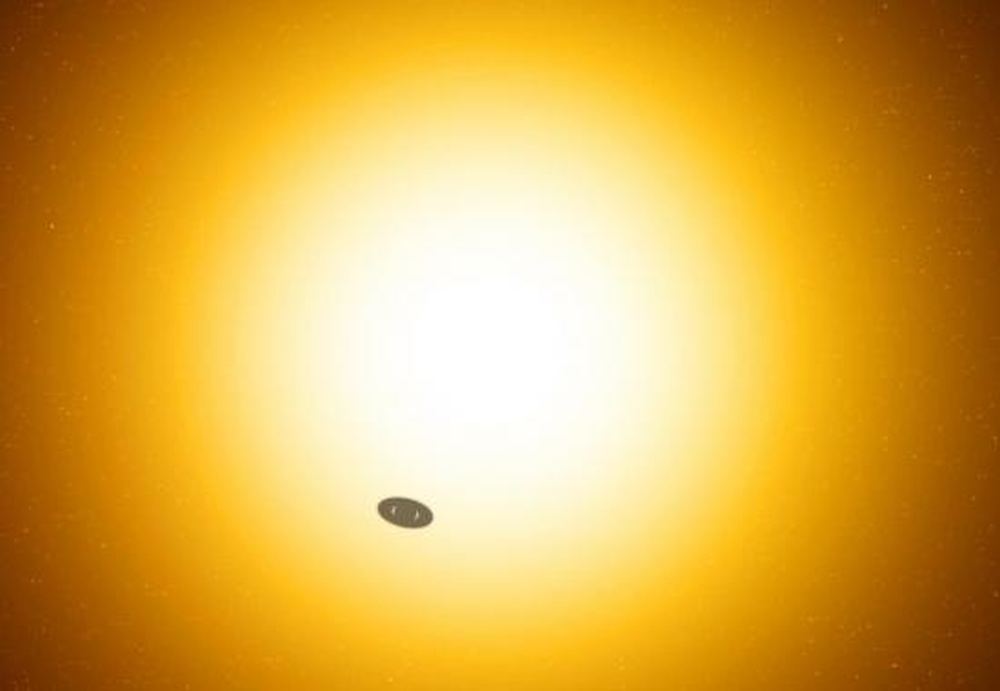We’ve found thousands and thousands of exoplanets now. And spacecraft like TESS will likely find thousands and thousands more of them. But most exoplanets are gassy giants, molten hell-holes, or frozen wastes. How can we find those needles-in-the-haystack habitable worlds that may be out there? How can we narrow our search?
Well, first of all, we need to find water. Oceans, preferably, since that’s where life began on Earth. And according to a new study, those oceans need to circulate in particular ways to support life.
Continue reading “Ocean Circulation Might Be the Key to Finding Habitable Exoplanets”


